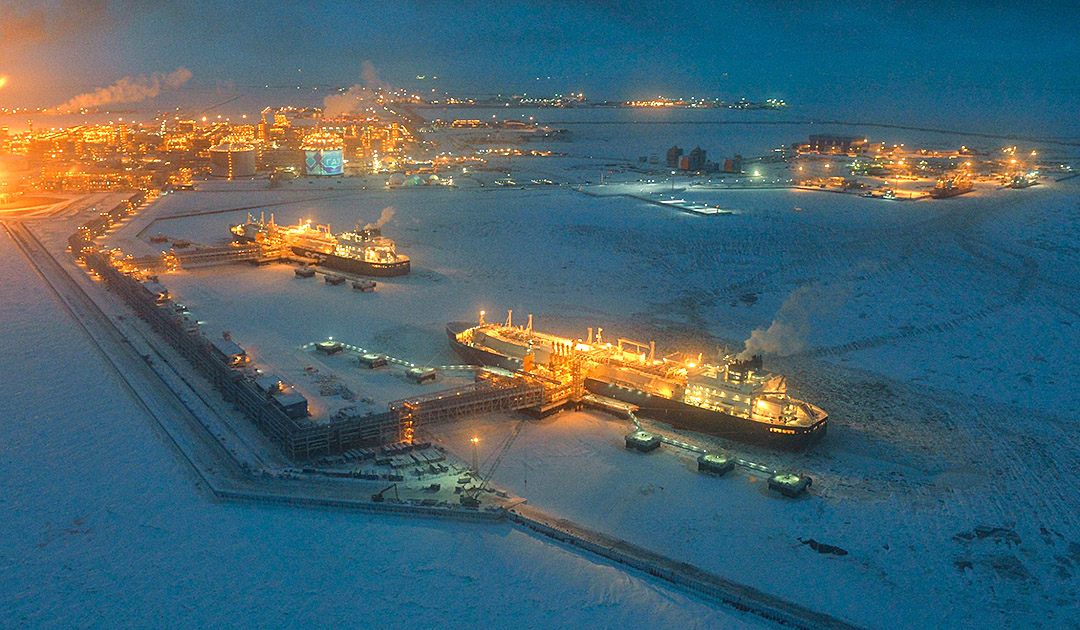
Novatek, Russia’s largest liquefied natural gas producer, does not plan to start deliveries via the Northeast Passage to Asia again until mid-June, a month later than last year. The reason is a lack of transport capacity. Earlier ‘winter trips’ could not all be carried out successfully. In order not to be confronted with breakdowns during the ice-free period, the later shipments to Asia came about.

Novatek made history in 2020 by sending the first freighters across the Northeast Passage to Asia as early as mid-May. This spring, Novatek did not repeat that feat, as its limited fleet of tankers must ensure reliable supplies to a booming Asian market. Failure of an LNG carrier due to damage caused by ice on the route would have longer-term consequences.
While attempting to transit the Northeast Passage in January, the Arc-7 LNG carrier “Nikolay Yevgenov” suffered damage to the azipodes (propulsion unit) on 16 January 2021 and was dry-docked in Brest for several weeks. This was already the second case of damage to an LNG carrier. The 299-meter “Georgiy Brusilov”, built in 2018, met the same fate and had to go into dry dock in December 2019.

While the Arctic offers a shorter passage to Asia, it is riskier than the traditional route through the Suez Canal in the spring because of thick ice. “I wish we could sail earlier this year, too,” Leonid Mikhelson, chief executive officer of Novatek, told reporters at the International Economic Forum in St. Petersburg last week. “We simply didn’t have tanker capacity for the shipments in May.”
Novatek’s LNG plant on the Arctic Yamal Peninsula is operating at 114% of its production capacity. The recent commissioning of a fourth loading point has increased capacity, Mikhelson said.
Novatek has 15 Arc7 ice-class LNG carriers at its disposal to transport the increased LNG volumes, he said.

The goal is a year-round navigation of the Northeast Passage
The Arctic route stretches more than 5,500 kilometres (3,000 nautical miles) between the Barents Sea near the Russian border with Norway and the Bering Strait in the North Pacific. It is the shortest possible route between Asia and Europe.
Novatek expects year-round navigation east through the Arctic starting in the 2023-2024 season, Mikhelson said.
The task is “absolutely feasible from a technical point of view” given Russia’s plans to increase its fleet of Arc-7 ice-class LNG carriers and more powerful icebreakers, said Sergey Frank, chairman of Smart LNG.
The length of the last ‘navigation season’ was also record-breaking, with Novatek heading east across the Arctic until January. Mikhelson also wants to extend the current season in 2021/22. “We will try to make the last voyages in January-February,” he said.
Heiner Kubny, PolarJournal





